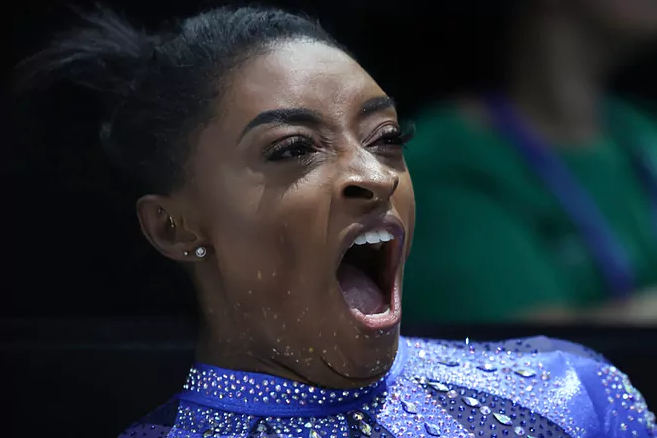The US gymnast took her gold medal tally at the World Gymnastics Championships to three on Sunday, solidifying her remarkable return after two years out. Her journey back is a story of incredible determination.
Simone Biles is already considered the greatest gymnast ever. Now, with her third Olympic Games on the horizon, she is cementing her status as one of the greatest athletes ever.
At the World Artistic Gymnastic Championships in Antwerp, Belgium, the 26-year-old helped the US win gold in the team final and two days after that, won gold in the individual all-round. Finally, on Sunday, she claimed gold on balance beam, a dazzling routine earning her 14.800 points and a 22nd world gymnastics title overall.
She secured qualification for the final rounds by becoming the first-ever woman to land the
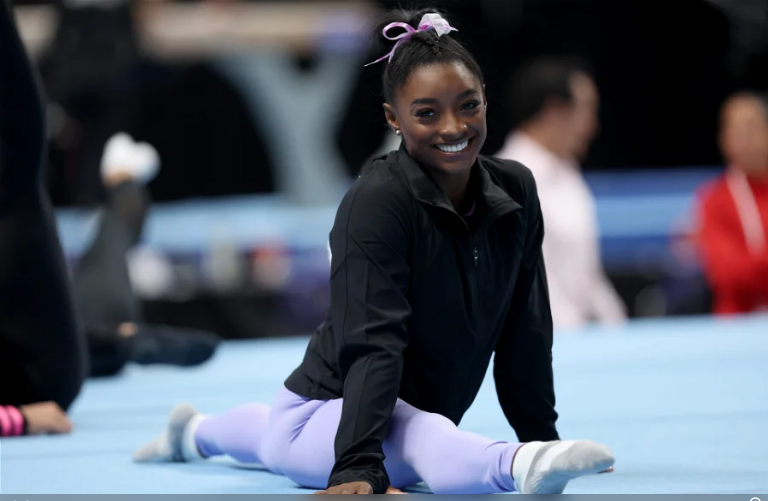
“Yurchenko double pike vault” at an international competition, although she ultimately had to settle for silver on the vault behind Brazil’s Rebeca Andrade after slipping on her trademark “Yurchenko.”
Nevertheless, Biles is already the most decorated gymnast of all time with an astounding 36 medals across world championships and the Olympics.
‘She could have died’
These achievements alone would be remarkable enough, but in the context of Biles’ past few years they are all the more incredible.
At the 2021 Tokyo Olympics, Biles withdrew from the individual all-around due to a case of the twisties, adding she needed to protect her mental health.
The twisties are a very unsettling sensation of effectively losing your air sense, but is quite common for athletes in acrobatic sports.
“It’s extremely terrifying to lose it. It’s like driving in the dark in a snow storm and losing sense of where the road is,” sports psychologist Carlin Anderson told DW. “It’s particularly the case with Simone [Biles] who is doing such dangerous skills and acrobatics. She really could die — that’s how serious it is.”
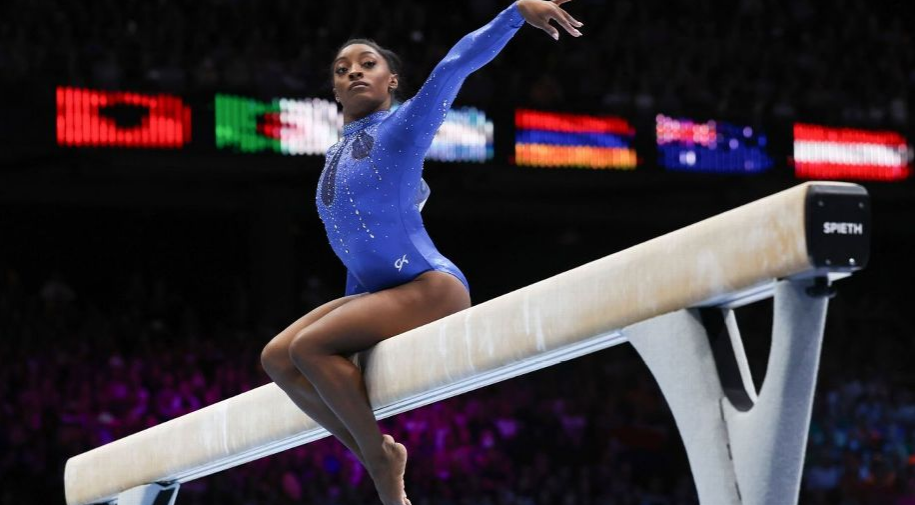
Anderson is the director of sport psychology at the University of Minnesota and founder of Premier Sport Psychology, a leading sport and performance psychology consulting group. Anderson, a former gymnast, has worked with US Olympic teams and specializes in handling mental blocks and performance anxiety in acrobatic sports.
“I work with lots of acrobatic athletes and the number one concern presented to me is mental blocking, losing their air sense. It varies how it impacts people, but there’s always that component of reworking the skill,” Anderson explains.
“In acrobatic sports, you’re feeling your way through a skill. It happens too quickly to think about it. It takes split seconds, like when you slam on the brakes in the car, you’re doing it automatically. Your body feels the right timing, when to twist and when to open.”
Without that, the situation becomes scary and the road back a long one.
“You need to rework the skill, often into soft mats, backtrack a bit and work on a component of the skill without twisting, slowly working your way back to safety,” Anderson explains.
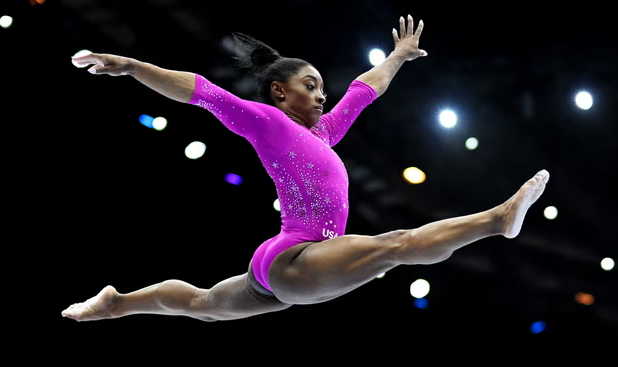
“It can take returning to a rudimentary way of how they first learned the skill, and going back to the progression ladder of training to get back to feeling where they are in the air. Most athletes will have it happen, just not in a moment like that.”
Biles also endured other struggles
Biles is no stranger to facing situations that most do not.
The 26-year-old is a survivor of abuse, a former patient of Larry Nassar, the disgraced US team doctor now serving life imprisonment for sexual assault of underage gymnasts. Biles is also an American Black woman from a country embroiled in a racial reckoning, with women still fighting for equality.
In short, it was no surprise to hear her admit this summer in response to her fans on Instagram that she has needed a lot of help to get herself back on her feet, let alone ready to compete again.
“Lots of therapy, I go once a week for almost two hours,” Biles shared. “I’ve had so much trauma, so being able to work on some of the traumas and work on healing is a blessing.”
A return for the ages
“It’s incredible,” Anderson said of Biles’ comeback. “A lot of other elite athletes have come forward with their mental health issues, but when they are so intense that you have to step away from the middle of an Olympic Games, it’s a big ask to return at the same level.”
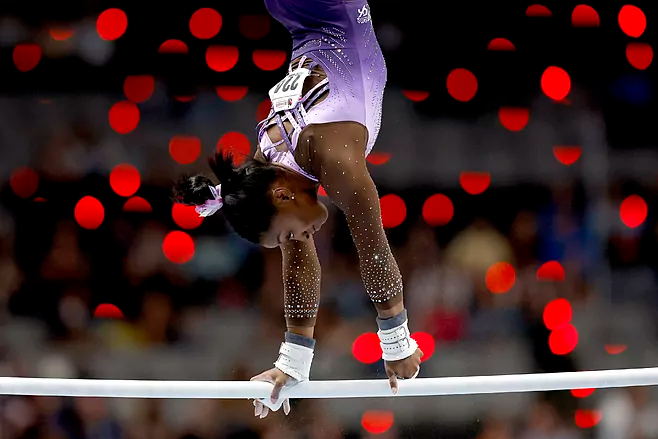
“We’re witnessing something extremely rare, something that may not ever come around again,” Anderson said of Biles’ return to form.
Anderson believes Biles looks better than ever as a gymnast, but that her return to the floor let alone the top of the podium is game-changing.
“She has played a contributing role to the entire landscape of mental health in sport being appreciated as a normal part of life and that athletes are people too who have lives and trauma and anxiety,” Anderson says. “But they can also be the GOAT too,” she adds, referring to the acronym “greatest of all time,” one often associated with Biles.
Paris awaits
And so Biles’ return to the floor let alone to form is really rather remarkable.
Most people would struggle to return to everyday life after just one of the traumas Biles has endured, but for the 26-year-old to be back to her professional best despite all that she has faced is just as amazing as her gymnastic ability.
After a two-year hiatus from the sport, Biles has already won in the US, and now at the Worlds in Belgium. She has quickly returned to the top of her game and the Olympics in Paris next year loom as the final chapter to an incredible comeback story.
Biles is a champion of her sport, a pioneer for good mental health and a role model for Black women everywhere. Her return to the mat ranks as one of the greatest comebacks ever for a person and a gymnast.
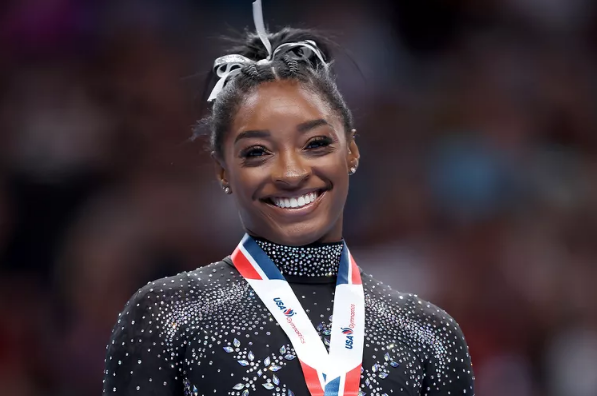
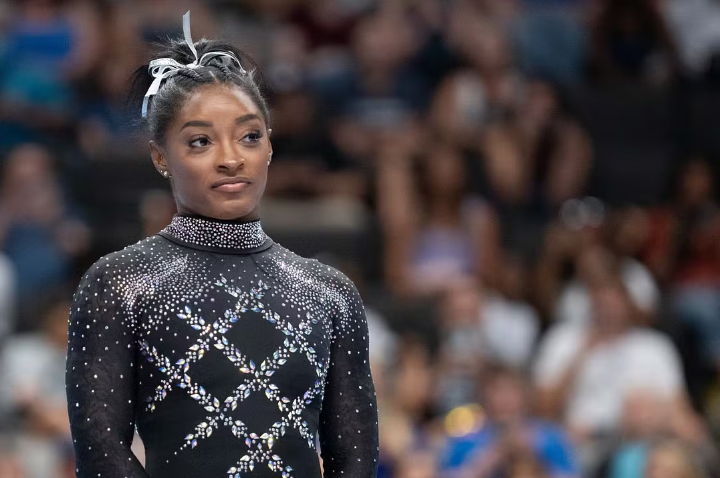
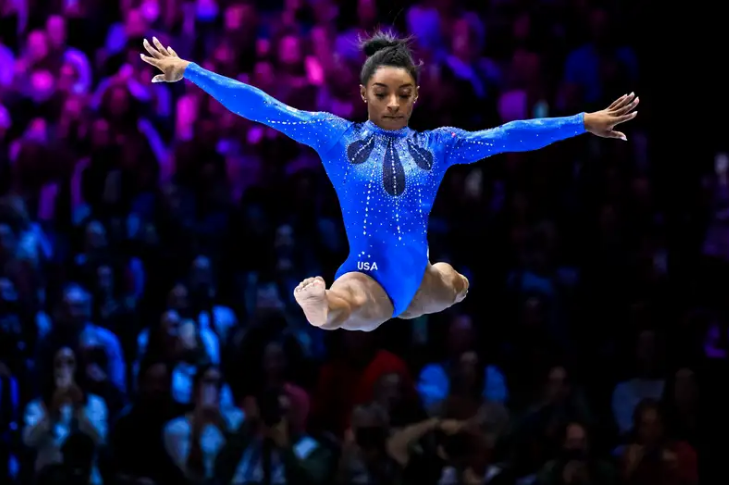

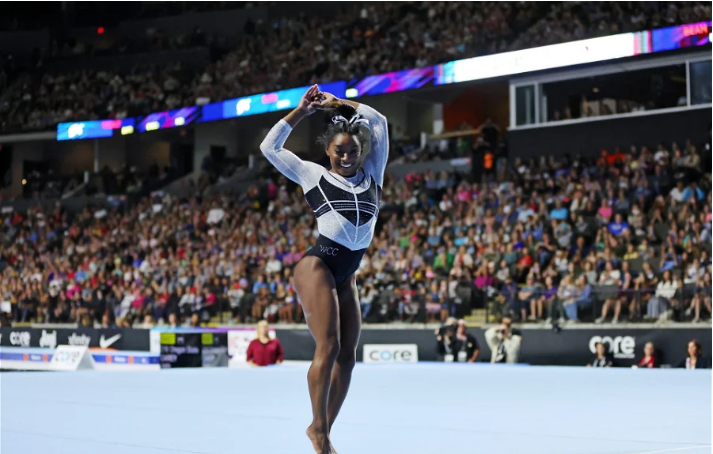
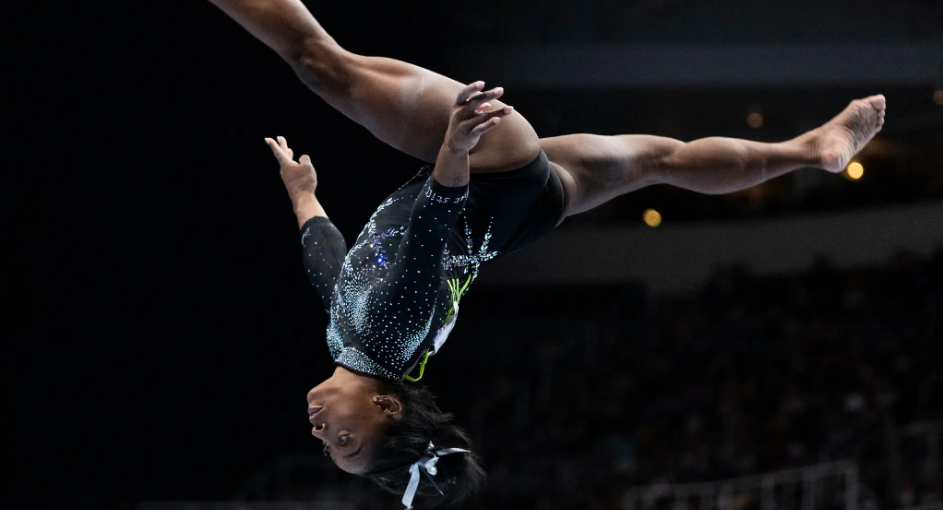
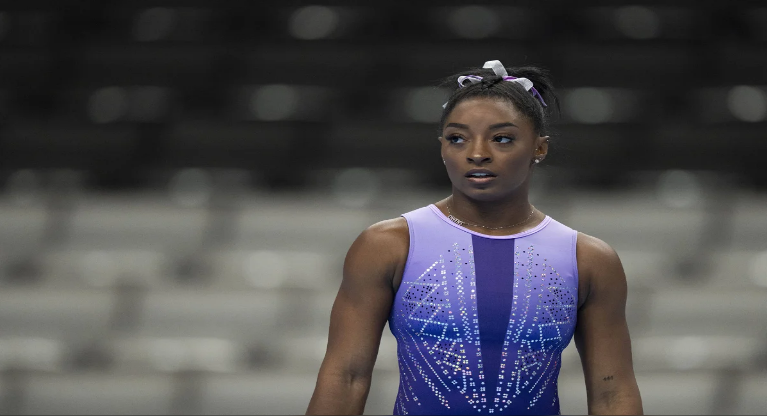



 officially owens
officially owens 
